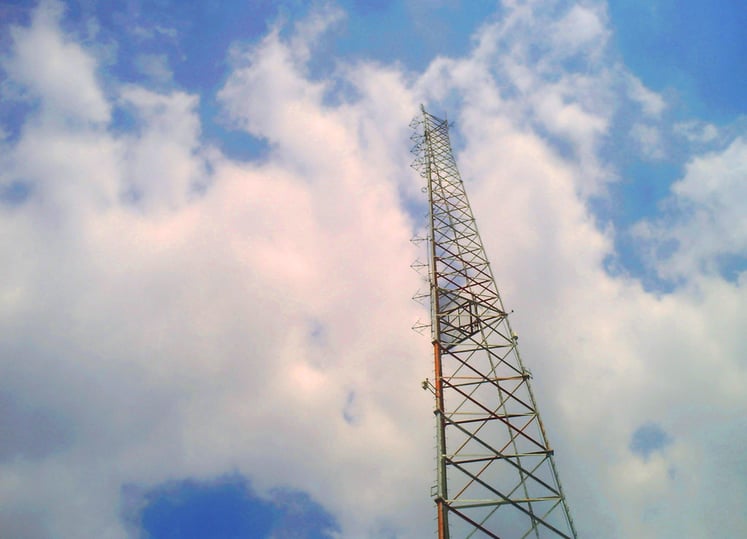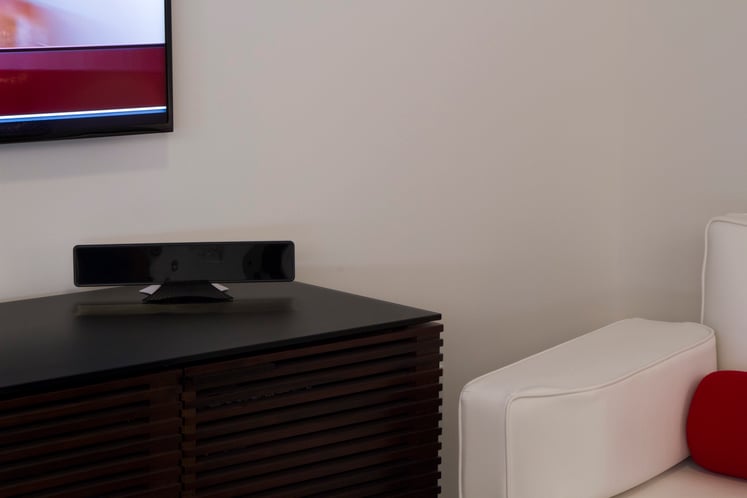
Whether you have recently made the choice to cut the cord and enjoy free hi-definition over-the-air television or you made the decision long ago, here are a few tips to get you on your way to the best tv reception with an hd antenna.
1. Locate Local Broadcast Towers
Two free and easy to use tools for locating your local broadcast towers and comparing antenna reception are available on AntennaWeb and Jasco's own GE HDTV antenna page here. All you have to do is enter your address or zip code and you will be directed to a map showing which channels you can potentially receive in your area. This map will also show the direction and distance of local broadcast stations in relation to your location. This information is important in determining the range your antenna will need in order to pick up the desired channels.
2. Point Your Antenna in the Right Direction
Focus your antenna toward the desired broadcast towers, in doing this you will maximize the number of channels you can receive. If the antenna is not placed in the direction of broadcast towers, you risk not receiving desired channels or potentially not receiving any at all.
3. Place it Near a Window
If you live in an area where you are surrounded by buildings or other large structures that may impede the possibility of a clear line of sight between your antenna and local broadcast towers when possible try placing your antenna near a window. The closer your antenna is to a window the better your chances are of receiving the best broadcast signal possible.
As a general rule, the fewer obstacles between your antenna and local broadcast
4. Take it Higher
Typically, the higher your antenna is placed the more likely you are to receive desired channels, this is why attic and outdoor antennas tend to get more channels than an indoor antenna. When possible, place your antenna as high as you can so that it will be in the best line of sight with your local broadcast towers.
5. Take it Outside
Oftentimes, getting the best TV reception with your HD antenna will most likely result from using an attic or outdoor antenna. The height of your antenna is one of the most significant factors in receiving signals from local broadcast towers. Typically, there is less interference between an attic or outdoor antenna and your local broadcast towers, resulting in a clearer line of sight signal transmission.
6. Use a Longer Cord if Necessary
It’s okay to upgrade to a longer coax cable in order to move your antenna closer to a window or in a higher position so that you can receive the best signal possible from your local broadcast towers. Don’t use a longer cable than necessary though, extending the coax cable too much can potentially weaken the transmissions of the signal from local broadcast towers.
7. Be Aware of Potential Interference and Avoid it when Possible
Anything that comes between your antenna and local broadcast towers has the potential to reduce reception and signal strength. Interference can be caused by Wi-Fi routers as well as any device that communicates wirelessly.
You can test to see if items are causing a problem by turning them off and checking your antennas reception without them powered on. Also be aware that things such as roofing materials, your garage, trees, nearby buildings or any other large structure can potentially cause interference.
8. Don’t Over Amplify Your Signal

Think of over-amplifying as using a megaphone to speak to the person sitting next to you. Many antennas on the market have integrated amplifiers to increase signal strength. There are times when an amplifier is not needed and you could potentially be over amplifying your signal.
For example, if you are only 10 miles from your local broadcast towers and you are using a 50 mile amplified range antenna, you may be doing more harm than good. An over amplified signal can result in distorted signals from closer broadcast towers. When setting up your antenna first try it without the amplifier powered on, if the initial scan with the amplifier off does not provide satisfactory results, remove the amplifier or power off, then rescan for channels.
9. Don’t Forget to Rescan from Time to Time
Periodically rescan your channels, over time signal strength can change and an occasional rescan may result in better signals received as well as possibly picking up more sub-channels. Whenever you move your antenna, don’t forget to rescan for channels. Signal strength from location to location in your home can affect the number of channels you receive.
Related Stories:
-
Q&A: All About Antennas
-
Cut the Cord with GE HDTV Antennas
-
Ditching Cable TV: What are your best options for cutting the cord?




